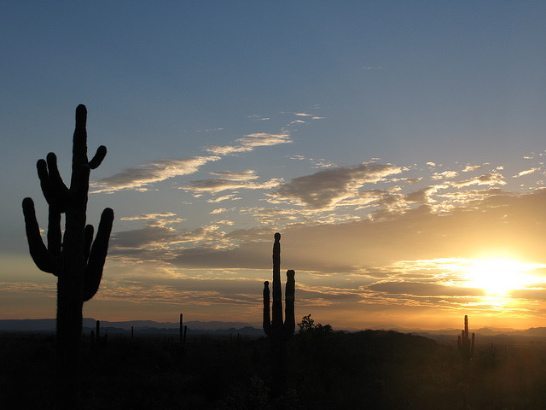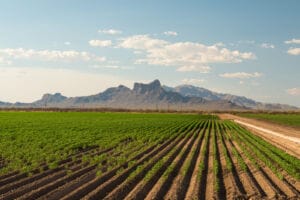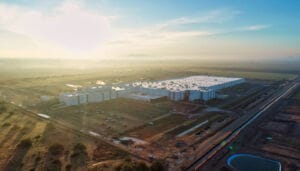 Over 100 Valley leaders convened on November 31, 2010 to develop a future vision for the West Valley in an exercise led by Leadership West. Leadership West is a volunteer-led, non-profit organization that convenes, educates and activates proven leaders in business, non-profits and government to leverage their time, talents and treasures to enhance the quality of life in the West Valley.
Over 100 Valley leaders convened on November 31, 2010 to develop a future vision for the West Valley in an exercise led by Leadership West. Leadership West is a volunteer-led, non-profit organization that convenes, educates and activates proven leaders in business, non-profits and government to leverage their time, talents and treasures to enhance the quality of life in the West Valley.
 The “West Valley Reality Check” was free for its participants, thanks to the collaborative effort and partnership between Leadership West and the Urban Land Institute (ULI). The program’s goal was to bring together leaders in government, business, non-profits, environmentalists, educators, neighborhood activists, interfaith groups, tribal and elected officials to focus on a regional approach to shaping our built environment. The event was a continuation of Leadership West’s annual West Valley Summit which was held in March.
The “West Valley Reality Check” was free for its participants, thanks to the collaborative effort and partnership between Leadership West and the Urban Land Institute (ULI). The program’s goal was to bring together leaders in government, business, non-profits, environmentalists, educators, neighborhood activists, interfaith groups, tribal and elected officials to focus on a regional approach to shaping our built environment. The event was a continuation of Leadership West’s annual West Valley Summit which was held in March.
By 2050, the Central Arizona region will have an additional 6 million people and 3 million new jobs, many of which will be in the West Valley. This exercise presented the opportunity for Valley stakeholders to influence how the region plans land-use, transportation and infrastructure while sustaining our economy and quality of life.
Leadership West Executive Director, Kathy Knecht kicked off the event by describing the organization as a catalyst for long-term planning in the West Valley. The Reality Check model was designed by ULI, but this event was the first time where such an exercise was conducted with West Valley stakeholders. What emerged from the exercise was an overarching theme of municipal and regional cooperation that looks beyond the current economic cycle in preparation for the next wave.
Deb Sydenham introduced the Reality Check model as a great opportunity to work collaboratively and cooperatively to help regions with visioning at least 20 years into the future. Don Keuth presented Valley growth trends and how this exercise will help establish the framework for future growth. Interestingly enough, only about 10 cities across the country have performed this activity but Phoenix is the only city that has done it twice. ULI Arizona’s efforts over the past 3 years have resulted in the “Connected Centers” strategy that promotes growth and prosperity. These exercises represent a forward-thinking approach to identify a sustainable regional growth scenario and by doing so determine housing types, responsible land uses and a transportation framework.
 Jay Hicks presented the ground rules for the placemaking exercise in which participants use Legos© that represent various levels of housing and employment density and strands of yarn that represent major transportation corridors to identify the region’s growth patterns. Participants used these tools in their groups to establish a 40-year vision with the understanding of the West Valley’s opportunities and challenges, including jobs, transportation, Luke AFB, higher education and the environment.
Jay Hicks presented the ground rules for the placemaking exercise in which participants use Legos© that represent various levels of housing and employment density and strands of yarn that represent major transportation corridors to identify the region’s growth patterns. Participants used these tools in their groups to establish a 40-year vision with the understanding of the West Valley’s opportunities and challenges, including jobs, transportation, Luke AFB, higher education and the environment.
By keeping an open mind, being bold and creative and working together to find solutions, the participant groups completed their visioning exercise while maintaining AZOne Reality Check’s guiding principles of preserving open space, supporting current infrastructure by growing along existing corridors, connecting employment and housing with multi-modal transportation, creating new urban centers and infilling currently developed areas, and locating housing near jobs.
The collective group discussed barriers and challenges that might hinder the implementation of these future scenarios as well as policy changes that would be necessary to making the scenarios possible. However, the group clearly identified a need for the West Valley to stay relevant in conversations about regional issues by working collaboratively and speaking as one voice. Leadership West did not intend this exercise to be the end, but rather the next step in moving this initiative forward by carrying the message back to each respective organization. The Reality Check exercise provided a forum for West Valley representatives to use regional visioning and planning and discuss how we can promote economic development, plan comprehensive infrastructure, preserve natural resources, create a sense of place in the community, and engage the community and create political will to implement these visions. Our common goal…leadership.




